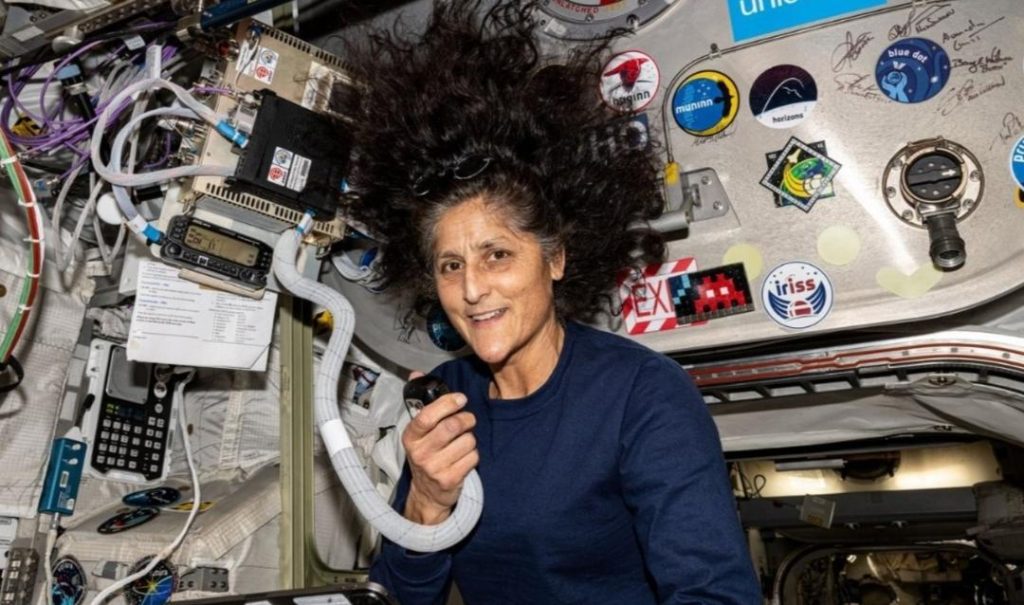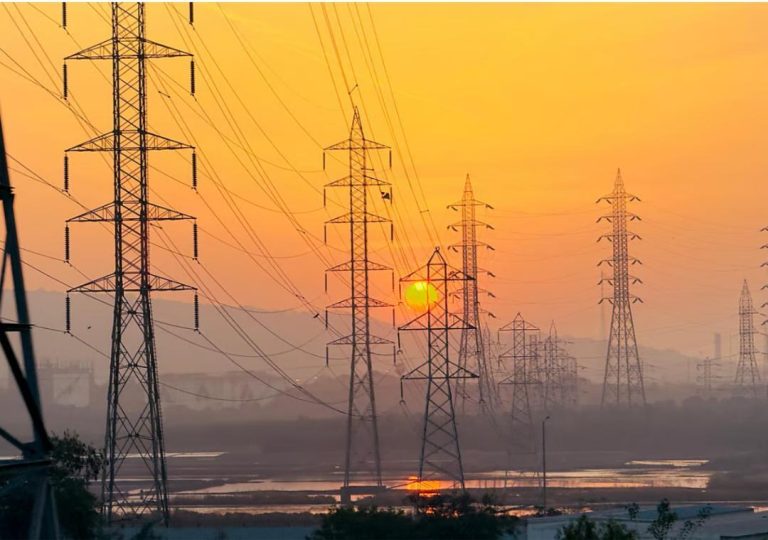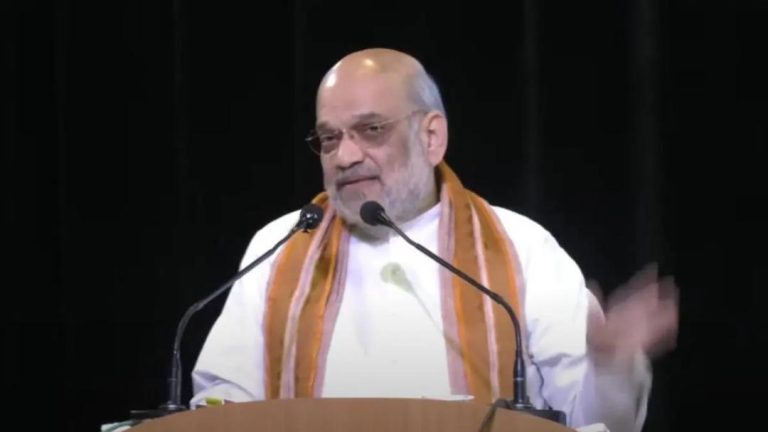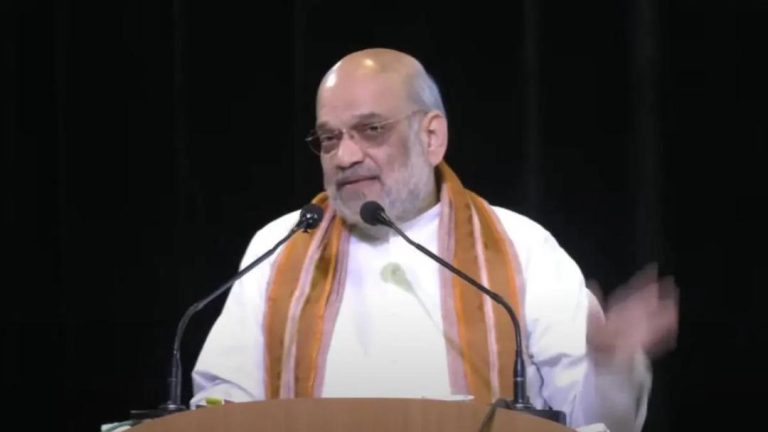
Title: What Scientific Milestones Were Achieved by Williams & Her Team?
The International Space Station (ISS) has been a hub for groundbreaking scientific research and exploration for the past few decades. One of the most notable missions was Crew-9, which consisted of NASA astronauts Nick Hague, Butch Wilmore, and Sunita Williams, along with cosmonaut Aleksandr Gorbunov. During their time on the ISS, the crew achieved numerous scientific milestones that significantly advanced our understanding of various fields.
In a recent report by NASA, the agency listed the significant scientific achievements of the Crew-9 team. From studying plant growth to capturing breathtaking images of Earth, the crew’s research and experiments have far-reaching implications for humanity. In this blog post, we will delve into the remarkable scientific milestones achieved by Williams and her team.
Plant-Related Studies
One of the primary focuses of the Crew-9 team was plant-related research. The crew conducted a series of experiments to understand how plants grow in microgravity. These studies aimed to provide insights into the effects of space travel on plant development and how this knowledge could be applied to future long-duration space missions.
The experiments involved growing plants in specially designed containers and monitoring their growth and development. The results showed that plants can grow just as well in space as they do on Earth, but with some notable differences. For instance, plant roots grew in unexpected directions due to the lack of gravity, and their leaves were more prone to drying out.
These findings have significant implications for future space missions, where growing plants could provide a sustainable source of food and oxygen. By understanding how plants adapt to microgravity, scientists can develop more effective methods for cultivating food in space, ensuring the long-term survival of astronauts on extended missions.
Earth Observation
Butch Wilmore, one of the NASA astronauts on the Crew-9 team, spent a significant amount of time capturing thousands of images of Earth from space. This was part of a larger project to monitor urban growth, climate change, and natural disasters from space.
Wilmore’s images provided stunning visual evidence of the impact of human activities on the planet. His photographs captured the sprawling metropolises, deforestation, and pollution that have become hallmarks of modern society. The images also highlighted the devastating effects of natural disasters, such as hurricanes and wildfires, and the importance of monitoring these events from space.
These images have significant implications for environmental monitoring and disaster response. By tracking urban growth and climate change, scientists can better understand the causes and consequences of these phenomena. Additionally, monitoring natural disasters from space allows for more effective response efforts, enabling emergency responders to quickly identify affected areas and allocate resources more effectively.
3D Printing of Implantable Medical Devices
The Crew-9 team also tested the feasibility of 3D printing implantable medical devices in microgravity. This research aimed to develop new methods for creating complex medical devices, such as surgical guides and implantable pacemakers.
The experiment involved printing a series of medical devices using a specialized 3D printer designed specifically for space travel. The devices were then subjected to various tests to assess their quality and functionality.
The results showed that 3D printing in microgravity was just as effective as on Earth, with the added benefit of reduced material waste and increased precision. These findings have significant implications for the development of medical devices, particularly for patients requiring complex surgical procedures.
Conclusion
The Crew-9 team’s achievements on the ISS have paved the way for significant advancements in various scientific fields. From studying plant growth to capturing stunning images of Earth, the crew’s research has far-reaching implications for humanity.
As we continue to explore the vastness of space, it is essential to prioritize scientific research and experimentation. The Crew-9 team’s milestones serve as a testament to the importance of investing in space exploration and the potential for groundbreaking discoveries.
News Source:






